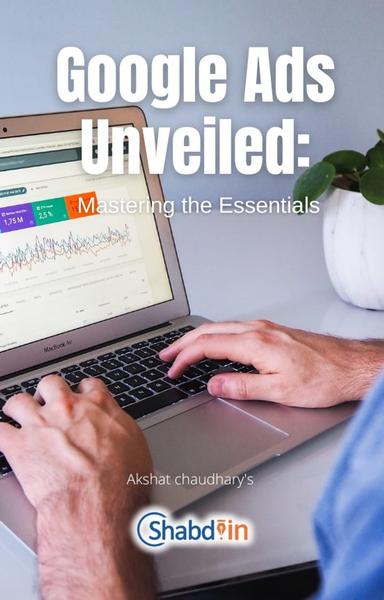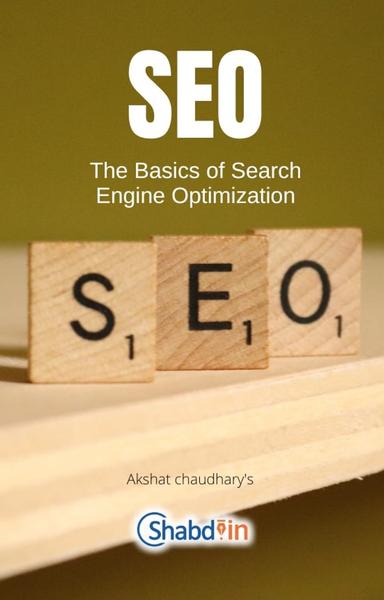Measuring the return on investment (ROI) and assessing the success of a Google AdWords campaign are critical aspects that demand careful attention from marketers. In Chapter 43, we delve into the intricacies of this crucial process, understanding that the effectiveness of a campaign is not solely determined by the amount spent but by the tangible results it produces.

ROI is the heartbeat of any advertising initiative, and Google AdWords is no exception. The beauty of online advertising lies in its trackability, offering advertisers the ability to measure, analyze, and optimize their campaigns with precision. The journey toward determining ROI begins with defining clear objectives. What is the campaign's purpose? Is it to drive website traffic, increase sales, or enhance brand awareness? Each objective requires specific metrics for evaluation.
One of the primary metrics for assessing AdWords performance is click-through rate (CTR). CTR indicates the percentage of users who click on an ad after viewing it. A high CTR generally suggests that the ad is resonating with the target audience. However, a comprehensive analysis goes beyond CTR.
Conversion tracking is indispensable for ROI measurement. It allows advertisers to monitor the actions users take after clicking on an ad, whether it's making a purchase, filling out a form, or subscribing to a newsletter. Assigning a monetary value to these conversions provides a direct link between ad spend and revenue generation.
Cost per click (CPC) is another pivotal metric in the ROI calculation. It represents the amount an advertiser pays each time a user clicks on their ad. Balancing CPC with the conversion rate is crucial for optimizing the budget and maximizing ROI.
The importance of analyzing keyword performance cannot be overstated. Understanding which keywords are driving conversions enables marketers to allocate resources more effectively. Negative keywords also play a role in refining the audience and ensuring the ads reach the most relevant users.
Beyond these metrics, it's essential to consider the Quality Score assigned by Google. This score takes into account the relevance of ad copy, the quality of the landing page, and the historical performance of the campaign. A higher Quality Score not only improves ad placement but can also lower the cost per click.
A/B testing is a powerful tool for campaign optimization. By experimenting with different ad creatives, copy, and targeting options, advertisers can identify what resonates best with their audience. Continuous testing and refinement are key to staying ahead in the dynamic landscape of online advertising.
ROI and assessing campaign success in Google AdWords is a multifaceted process. It requires a nuanced understanding of various metrics, a commitment to continuous improvement, and a strategic approach to optimization. As advertisers navigate the complex terrain of digital marketing, the ability to interpret data and derive actionable insights will be the compass guiding them toward advertising excellence. Chapter 43 serves as a roadmap for marketers, helping them navigate the journey of measuring ROI and ensuring the success of their Google AdWords campaigns.












